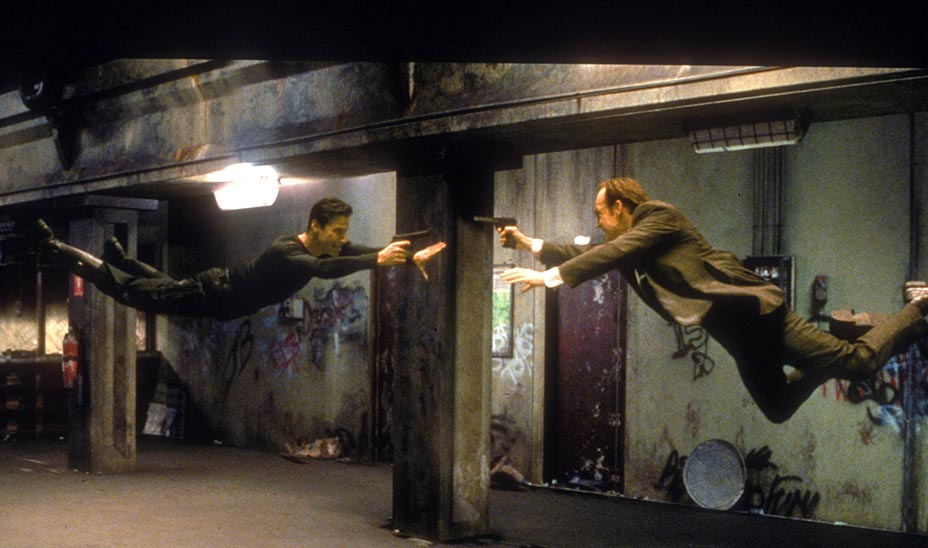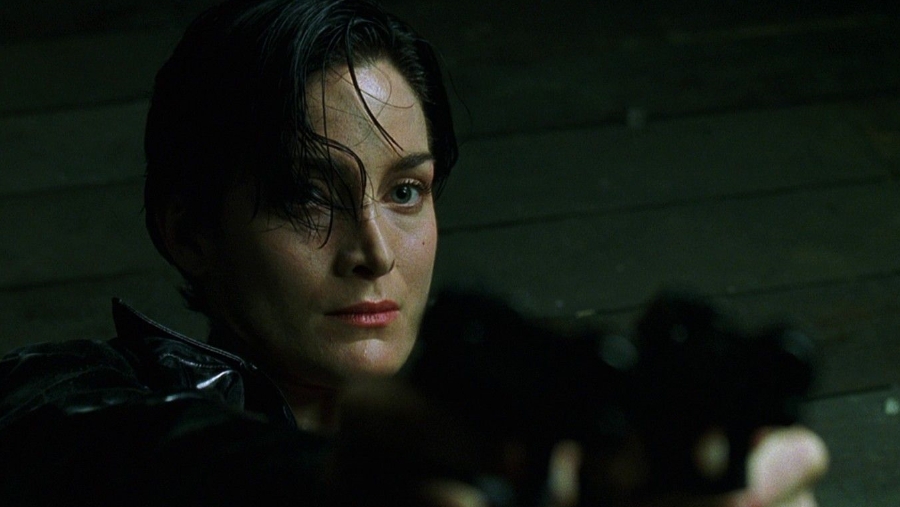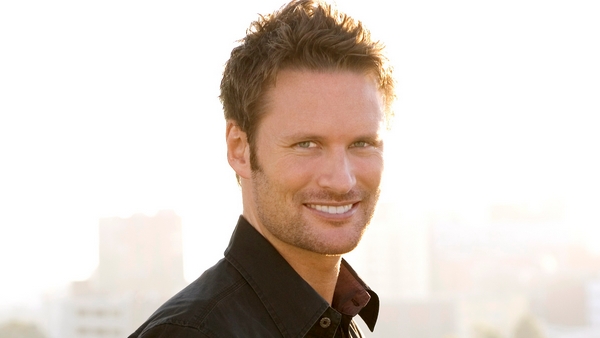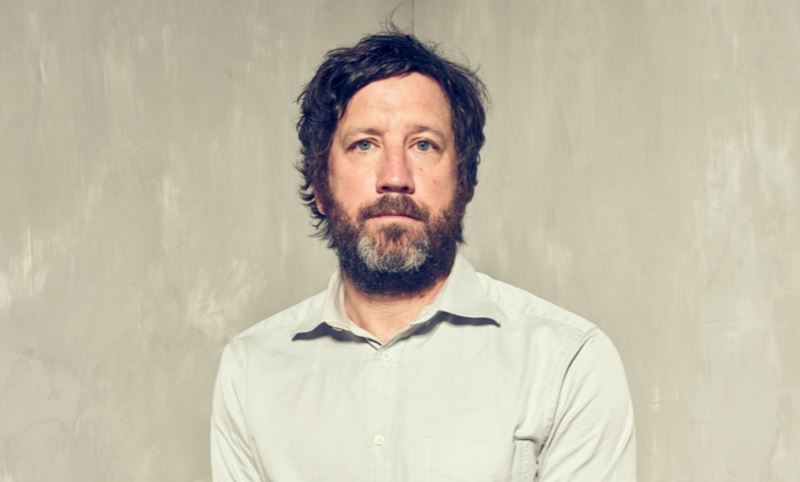
Editor’s Note: This post contains the introduction to an article I wrote specifically for The Hollywood Reporter. It was a great honor to work on a post about a film, and film score so dear to my heart. In this retrospective, composer Don Davis plugs back in to recall the lengths he took to satisfy the Wachowskis’ exacting vision.
Click here to read the full article.
Twenty years ago, The Matrix blew audiences away with its ground-breaking, generation-defining style. That was in tandem with substantive themes that were esoteric yet accessible. For every Hong Kong-styled wire fight, there was an equally engaging reference to Plato.
One integral component to the success of the Wachowski’s series was the music of Don Davis. Davis brought complicated, sophisticated, and tailored musical concepts to match what the siblings were doing on screen.
The film opened on March 31, 1999 and is a high watermark for Davis, and for film scores of the era. The barrage of French horns, lush string work, piano, percussion, and waterphone amplified the heady concepts and dizzying action that the Wachowskis offered audiences.
Davis first met the filmmakers through his friend (and The Matrix editor) Zach Staenberg. During the scoring process, he got more direction and backstory from discussions with Staenberg than the Wachowskis, with whom he had previously collaborated on for the 1996 feature Bound.
“They are very intelligent people and very creative, but they had such a dynamic working relationship with each other that they would literally finish each other’s sentences,” Davis tells The Hollywood Reporter. “Because of that, sometimes they thought they were communicating ideas or giving direction to other people when they really weren’t.”
For many involved, The Matrix was life-changing. But many scores are the result and product of previous works. Were there not Alan Silvestri’s Romancing the Stone, there would be no Back to the Future. As such, it feels that without Bound (jazz cues aside), we might not have The Matrix.
Bound has a number of instruments in common with The Matrix, but the Wachowskis resonated with Davis’ “pile driver.” Its use in their 1996 film had used a manipulated recording of an actual pile driver.
“It was very rhythmic and they loved those slams,” says Davis. “They were very happy with my approach to compose the score in a very minimalist and post-modern way. As an aside, they really didn’t like the Gamelan or any other kind of bell-like texture for that matter. I could never quite understand that.”

Minutes into the film, we see Trinity (Carrie-Anne Moss) leaping rooftops to escape pursuing agents. She leaps, twisting through the air, and crashes through a window, immediately tumbling down a flight of stairs, landing, guns drawn, on her back.
It’s a pulse-pounding scene which set the tone for the entire movie. When spotting that sequence, the Wachowskis told Davis to give the scene a big action cue. But when they heard it, they asked him to scale it back considerably.
“The action is intense, and the music needed to be as well, but they wanted the audience to be able to take note of the police sirens from the street below, so the music had to make room for those sound effects,” says Davis.
The film itself is cyclical in nature. There are philosophical representations, to say nothing of the religious connotations (the death and resurrection of Jesus being the biggest), but also physical ones.
Take note of the very first set piece — in the Heart O’ the City Hotel — where Trinity confronts police officers in the first bullet-time sequence. That is the same location, the same room even, where Neo (Keanu Reeves) attempts to exit The Matrix. Davis picked up on that immediately, and those narrative devices helped serve as inspiration for his compositions.
Then you have a trio of central characters (including one named Trinity) and Davis used triads in his cues (this was used even more in the sequel).
Click over to The Hollywood Reporter to read the full post…and HUGE props to former GST staff writer Andy Crump for helping get this article posted at THR!


